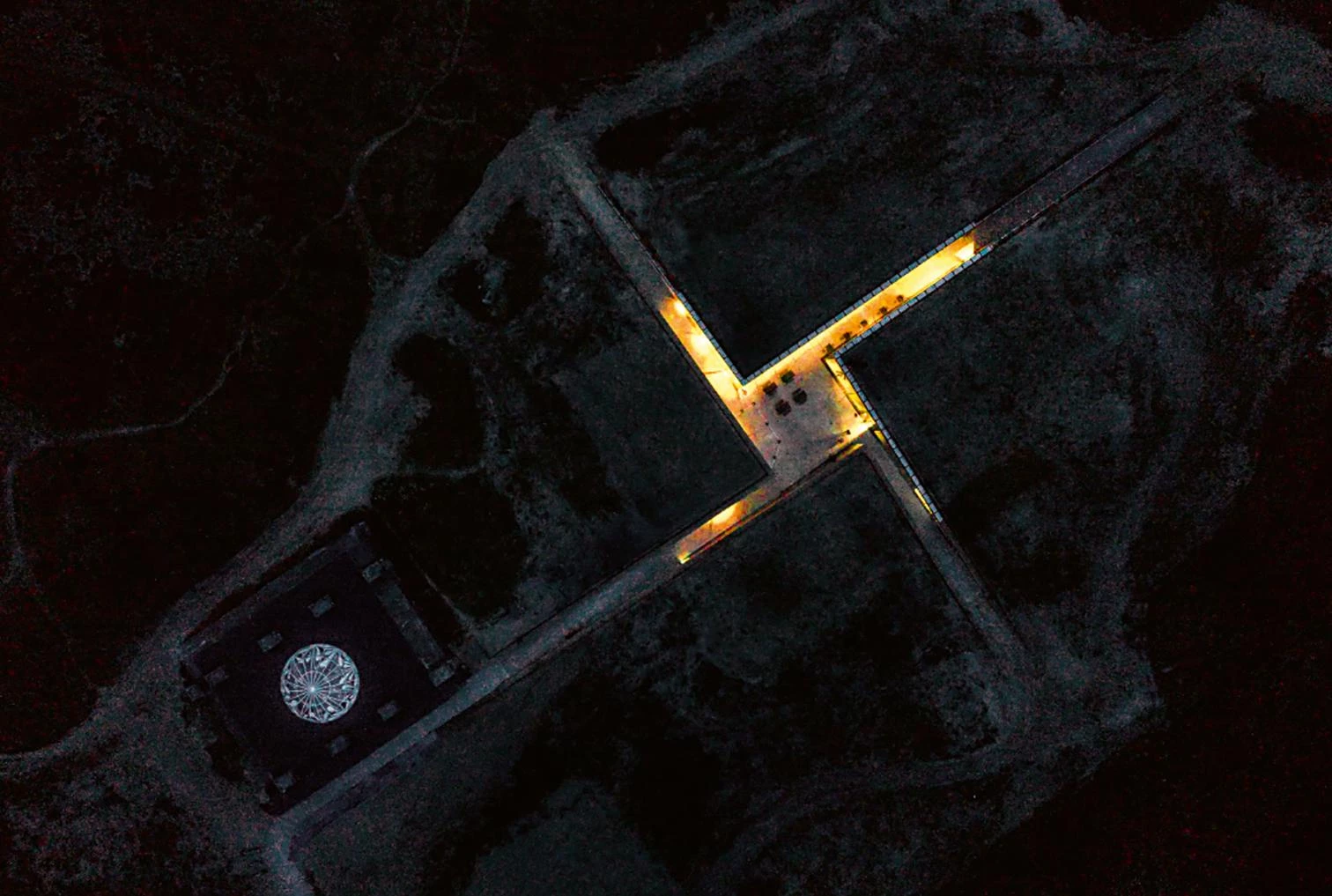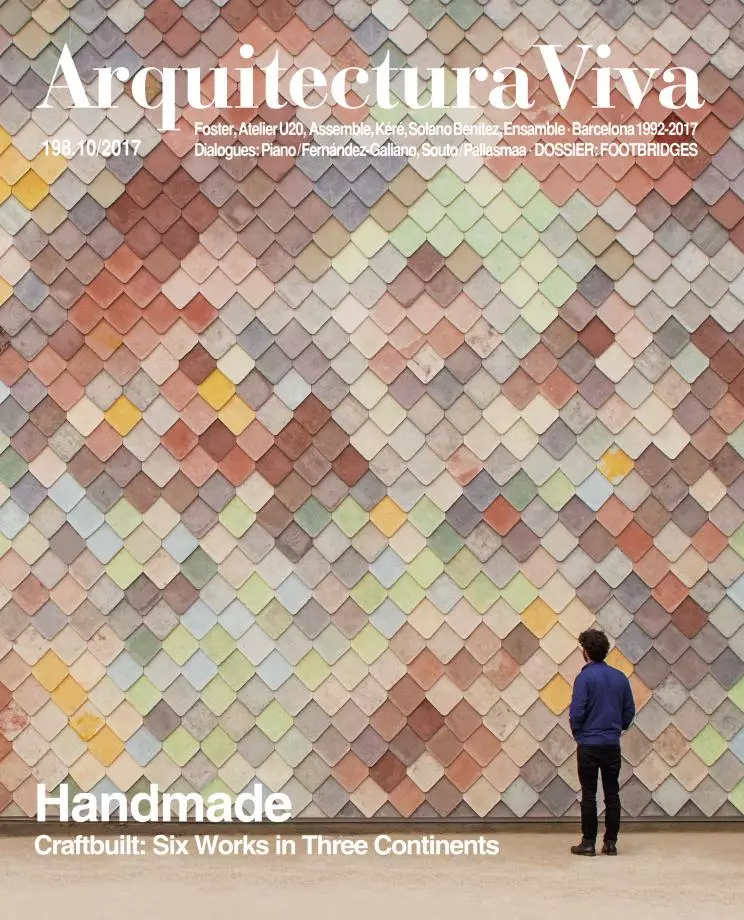
Bunkers have always tended to fascinate architects, who have seen them less as having a terrible function than as expressions of powerful and disturbing beauty. The immense faceted or rounded walls of the fortifications and casemates that were supposed to close up the borders of Nazi Europe like a zipper, especially along the so-called Atlantic Wall, were objects of admiration for the likes of Paul Virilio and Claude Parent, who drew inspiration from these constructions to proclaim their ‘oblique architecture.’ In the case of Bjarke Ingels, who recently completed the Tirpitz museum over the largest German bunker built on Danish soil, the multifaceted footprint does not give rise to complex diagonal games nor to broken walls, and neither to sinister telluric atmospheres. On the contrary: the objective of the firm BIG – experts, like few are, in generating friendly architectures – has been to create, in Ingels’s own words, “the antithesis to the World War II bunker”: an open, airy, and even ‘cozy’ gathering place nestled in the heart of the dunes of Blavand, in western Denmark. And true enough, with its ceilings floating and opening over four large underground exhibition areas, the only frightening thing about the building is the shape that its four perpendicular arms form to anyone looking down from above: a swastika – disjointed and friendly, yes, but still a swastika.





